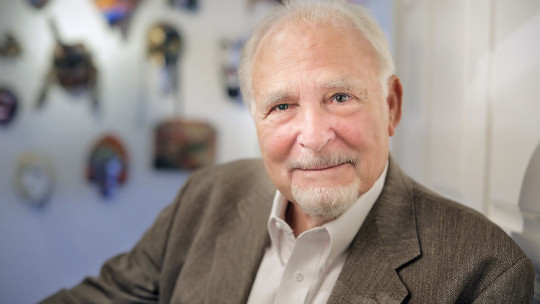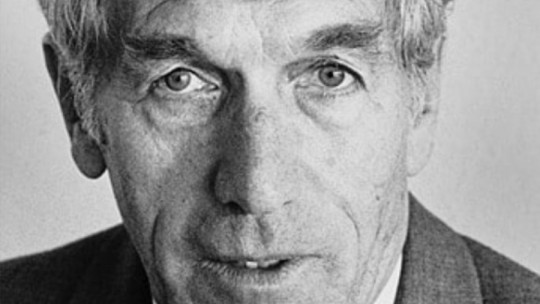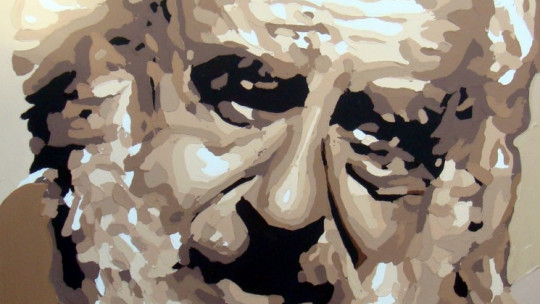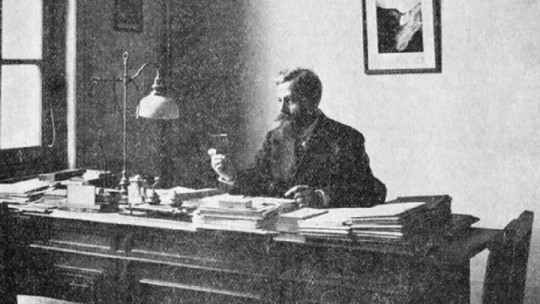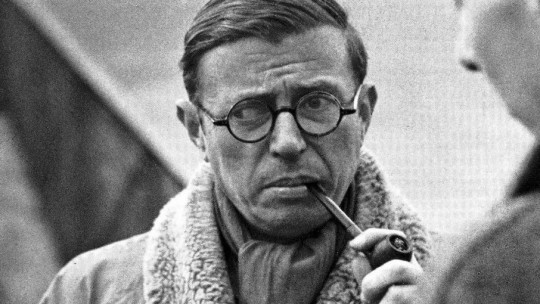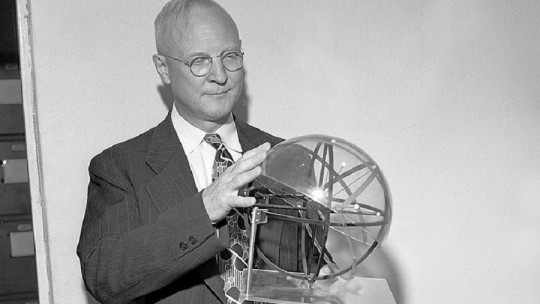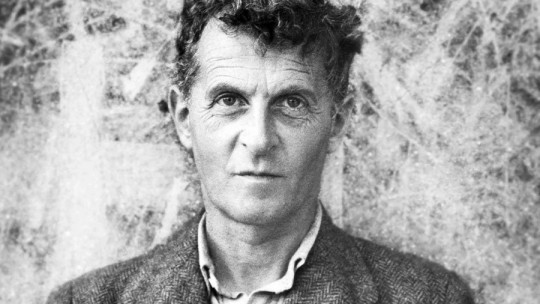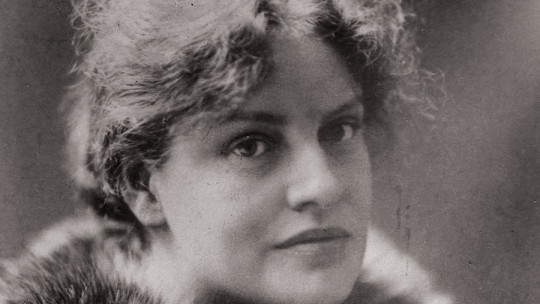Paul Ekman has been a pioneer in the study of human emotions and their relationship with facial expressions, in addition to being known and noted for being among the 100 most influential psychologists of the century.
During his almost 40 years of research, Ekman discovered that there are about 10,000 facial expressions in our gestural repertoire but only a third has emotional meaning.
Below we will learn about the life of this great scientist, his collaborations with the media and his main studies.
Paul Ekman Biography
Paul Ekman’s life has taken place in different states of the United States and several recognized North American universities. His life took an abrupt change when he served in the military, completely changing his main interest into behavioral science.
1. Early years
Paul Ekman was born on February 15, 1934 in Washington DC, United States, spending his childhood in different American states: New Jersey, Washington, Oregon and California. His father was a pediatrician and his mother was a lawyer. His sister, Joyce Steingart, is a well-known psychoanalytic psychologist who worked in New York City before retiring.
2. Academic training
Even without having graduated from high school, at just 15 years old Paul Ekman enrolled at the University of Chicago, where he would complete three years of training. It would be during his stay in that city where he would feel fascinated by group therapy and group dynamics.
Later, he would study for two years at New York University, finishing his studies in 1954. The topic of his first research, under the direction of his university professor, Margaret Tresselt, was an attempt to develop a test to understand how people could respond to group therapy.
After this, Ekman would return to a new university, in this case Adelphi, in Garden City, New York, where he would study clinical psychology. While working toward his master’s degree, Ekman was awarded a university scholarship from the National Institute of Mental Health (NIMH) in 1955. His master’s thesis focused on facial expression and body movement.
After obtaining his doctorate, in 1958, Paul Ekman would spend a year as an intern at the Langley Porter Neuropsychiatric Institute.
3. Military service
Although Ekman originally wanted to work in the field of psychotherapy, this desire changed when he was sent to the army in 1958, once he had completed his stay at the Langley Porter Neuropsychiatric Institute. He served at Fort Dix, New Jersey, as a psychologist lieutenant general.
There he got the idea that research in psychology could be a powerful tool to change training routines in the military, making them much more humane. This experience made him go from wanting to be a psychotherapist to wanting to be a researcher, with the intention that his findings would help as many people as possible.
4. Professional career
After completing his military service in 1960, Ekman accepted a position as a research associate, along with Leonard Krasner, at the Palo Alto Veterans Administration Hospital. There he worked with psychiatric patients, studying their verbal behavior.
It was at that time that he had the opportunity to meet the anthropologist Gregory Bateson, who was part of the staff at that same hospital. That contact would help Ekman so that, five years later, Bateson gave him films taken in Bali in the 1930s of his intercultural studies on expressions and gestures.
From 1960 to 1963, Ekman held an NIMH postdoctoral fellowship Thanks to this, he could work at San Francisco State College, carrying out his first research as a principal investigator at only 29 years old. From the NIMH he would also receive an award again, this time in 1963, for his studies on non-verbal behavior.
The money offered by the NIMH would be renewed continuously for the next 40 years, and would be what would pay his salary until in 1972 he was able to be accepted as a professor at the University of California, San Francisco.
Motivated by his friend and professor Silvan S. Tomkins, Ekman stopped focusing on body movement and focused on facial expressions. It was from this change of object of study that would result in his most famous book, “Telling Lies”, known in Spanish with “How to detect lies” in 1985.
Paul Ekman would retire in 2004 as a professor of psychology in the department of psychiatry at the University of California. From 1960 to 2004 he continued to work at the Langley Porter Psychiatric Institute, although in a limited capacity and as a counselor on various clinical cases. After his retirement, Ekman founded the “Paul Ekman Group” and “Paul Ekman International.”
Influence and collaboration with the media
In 2001 Paul Ekman collaborated with the BBC’s John Cleese for the documentary “The Human Face.” Since his leap to the small screen as an expert voice in the expression of human emotions, Ekman would be constantly referenced in another television series, “Lie to Me,” whose protagonist, Dr. Lightman, is inspired by Ekman. In fact, Ekman himself served as a scientific advisor for the series, even giving the actors instructions on how to imitate facial expressions.
Although he was already retired, Ekman did not miss the opportunity to collaborate with the Pixar film “Inside Out”, also known in the Hispanic world as “Del Reverso”, from 2015. In fact, Ekman even wrote a guide to make it The film served as a guide for parents when talking about emotions with their children.
What should be clear about the figure of Ekman is that, whether due to his research, the 15 books he has written or having collaborated on the projects we have just observed, this psychologist is considered a great reference. In fact, he was among the 100 most influential people in the May 2009 issue of Time magazine. He also occupies position number 50 on the list of the most influential psychologists of the 21st century, according to the Archives of Scientific Psychology magazine in 2014.
Research
Among the main investigations in which Paul Ekman has been involved or has been the principal investigator, we can highlight the following:
1. Non-verbal communication and its empirical measurement
Interest in non-verbal communication was what led Paul Ekman to present his first publication in 1957. In this research he highlighted the difficulty in developing tools to measure non-verbal communication empirically.
It was then that Ekman focused on developing techniques to objectively and accurately measure non-verbal communication. Based on these studies, Ekman observed that facial muscle movements create facial expressions that can be identified through empirical research. In fact, he saw that human beings are capable of making nearly 10,000 facial expressions, but only a third of them are relevant to the expression and interpretation of emotions.
2. Universal emotions
The idea that emotions are evolutionary traits that occur universally in all human beings is not something new. Charles Darwin himself, in his book “The Expression of the Emotions in Man and Animals published” in 1872, raised this idea.
However, in the 1950s there was a more or less contrary conception, especially among anthropologists. The belief was that facial expressions and their attributed meanings were determined through behavioral learning. One of the most relevant figures of this belief was the anthropologist Margaret Mead, who had traveled to different countries and had observed how different non-verbal communication was from culture to culture.
Through several studies, Paul Ekman observed that there were emotions that could be considered universal, looking at both Western and Eastern literate cultures. Among the emotions that he observed manifested in all cultures were: anger, disgust, fear, joy, sadness and surprise. Another emotion, contempt, was not so clear that it was universal, although later studies seemed to indicate that it was.
Working with Wallace V. Friesen he was able to demonstrate that these findings were also attributable to the preliterate tribes of Papua New Guinea, cultures that had not been able to learn expressions through modern media, since they lacked them. What Friesen and Ekman observed based on these studies was that there were certain emotions that were exhibited in a very specific way, highly influenced by cultural norms. It would be these specific rules that would explain the existence of differences when it comes to expressing universal emotions between cultures.
During the 1990s, Ekman proposed an expanded list of basic emotions, both positive and negative, not all of which are encoded through facial movements. These “new” emotions were: relief, embarrassment, contentment, guilt, amusement, contempt, excitement, happiness, anger, fear, sadness, pride, sensory pleasure, disgust, satisfaction, surprise, and shame.

